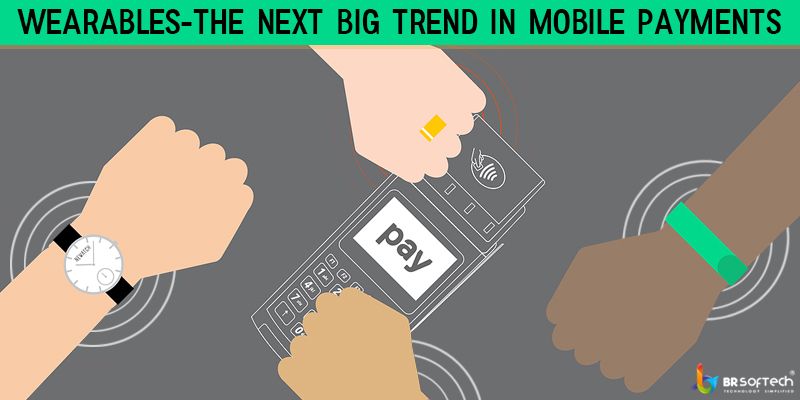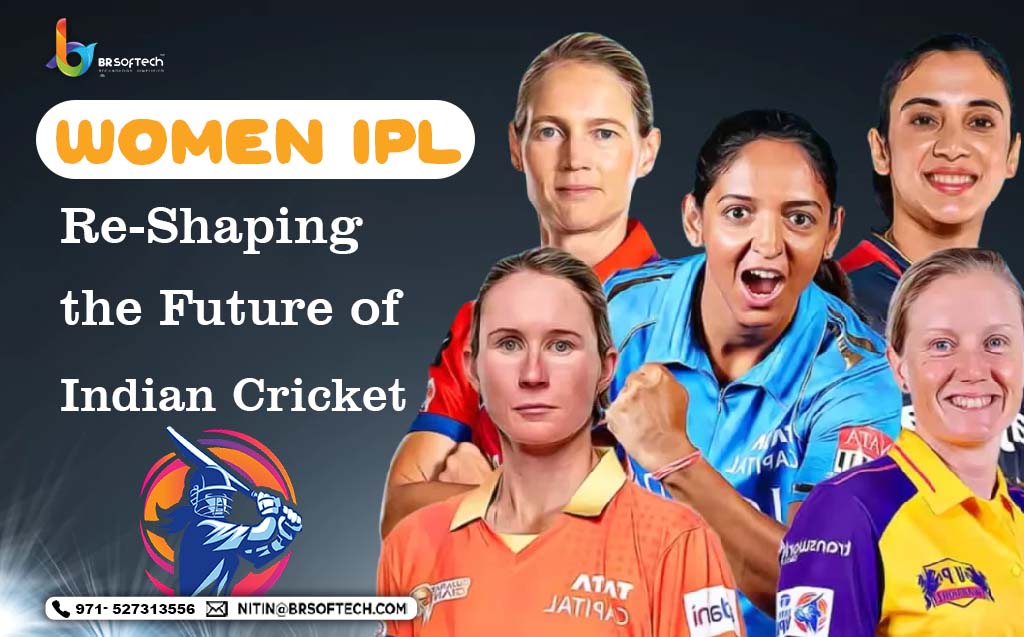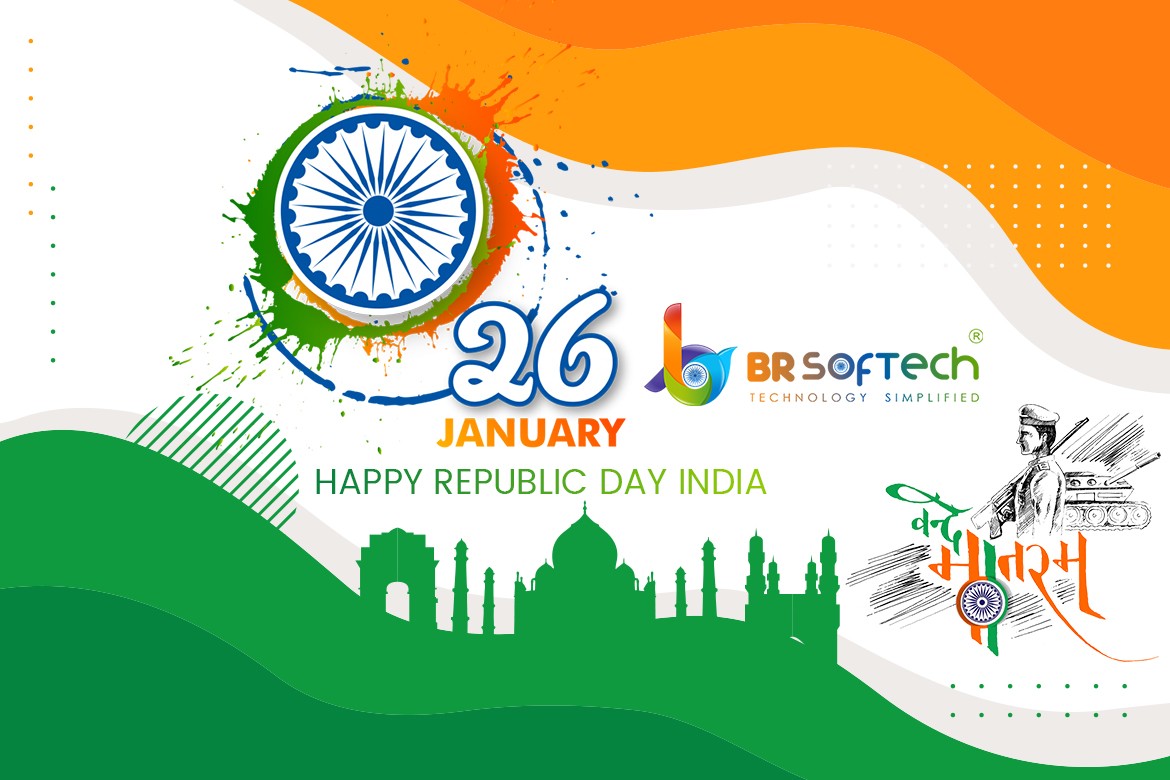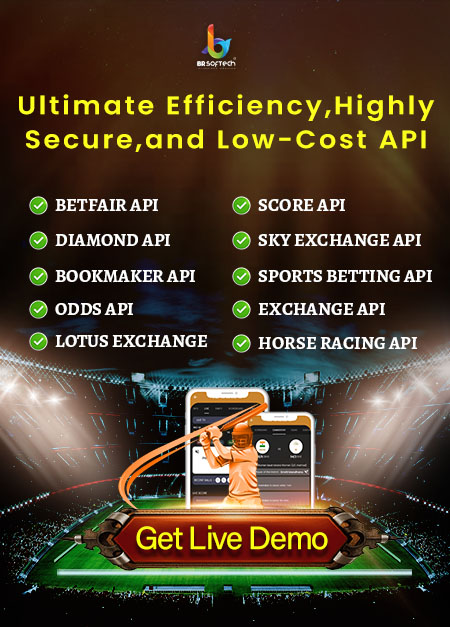After all, wearable payments are all about improving the totality of any body’s payment experience. Twenty years ago, the idea of paying for your groceries with your phone seemed more like something you’d see on Star Trek than at your local market. But unless you have been living under a shell, you will be aware that most everyday items can be bought without ever taking out your wallet.
Mobile payments through wearables
Many companies, trying to get in early on producing wearable devices, have already produced rings, bracelets and more. In the U.K., men’s apparel designer and retailer Lyle & Scott, in collaboration with Barclaycard, launched a contactless payment jacket. The chip, in the cuff of the garment, enables wearers to make payments without even needing to take out their phone, let alone their wallet.
A perfect example of a wearable with a compelling reason to exist is the Disney MagicBand. These wristbands go beyond payments – they are your ticket into the parks, your pass to get on rides faster, even your room key if you’re staying on the Disney property. In addition, you can use the wristbands to make purchases, eliminating the need to carry a bag while you’re just out having fun. You want to use it, because it makes your life easier, and your vacation more relaxing.
Security can also be a compelling reason for wearable technology. The Rio Olympics had many concerned about athletes falling victim to various crimes, including theft. To prevent this, Visa developed a contact less payment ring that it gave to the athletes it was sponsoring, and also linked pre-paid cards to payment bands and smartwatches at the Games.
Despite the challenges, they face, wearables are clearly the next evolution in payment technology , and there are solid examples in the market today of wearables that drive the industry in the right direction in both form and function. Once wearable technology has found a purpose beyond the quirky new toy, it’s highly likely that it will make carrying a wallet a thing of the past.
As per the latest reports from the research firm Gartner Inc., wearable technology will be serving as a great source of facilitating and driving mobile payments and by the year 2018 almost half of the consumers would start using smart phones globally.
It was discussed in the same issue that three kinds of mobile payments are wearables or device-based payments; retail brand mobile wallets and mobile wallets from financial institutions. Among these, the wallet based services like Apple Pay, Samsung Pay and Android Pay are more likely to propose limited offerings as the partnership between the retailers and financial and banking organizations will not have been matured by then. However, the concept of mobile payments would continue to grow focusing on mobile device purchases.
A report from eMarketer puts across the fact that more than two-third of mobile phone users from U.S. preferred to use wearables over mobile phones to help them with payments. Another related study says that about half of the users surveyed are more likely to use a wearable device if it supports in-store payments.
With more and more people looking to go with secure and effective payment options, mobile wallet is gaining fast adoption. And to keep it serve them with better offerings and higher possibilities they are opting for wearables to allow them with more dynamic ways of putting up with payments. Going with the trend a lot of providers are coming up with their own version of payment essentials and features to perfectly blend with their vertical of app supporting their choice of wearable interface – further surfacing more possibilities for mobile payments through wearables.
With the way technology is advancing in the space of mobility, you can see a lot of changes coming in quite frequently in the way you are served on-the-move. Thus, managing to drive and conquer the world of electronics allowing enhanced the ability for gadgets to perform across newer-integrated ways and sorts of utility.
A reason for buying wearable
For wearables to be the payment method, they must offer something more. There must be a compelling reason to use your wearable instead of taking out your credit or debit card. Whether that’s a payment system that reduces friction in the purchase process, or added value like automatically using a loyalty card along with your payment, wearables must bring more to the table if they are going to disrupt the status quo.
Closing up:
For any queries related to wearable technology or to discuss your app idea with us, please feel free to contact our experts at BR Softech a iwatch app development company. Our team of proficient developers would be glad to bring the best of solutions to your wearable quests!












